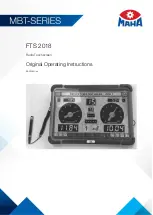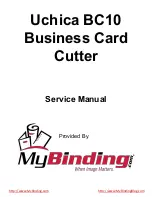
Check Before Operating
13
3.
Open the hood; refer to Opening the Hood, page
23.
4.
Clean any debris from the front and side screens.
5.
Wipe away debris from the air cleaner.
6.
Clean any debris build–up on the engine with a
brush or blower.
IMPORTANT: It is preferable to blow dirt
out, rather than washing it out. If water is
used, keep it away from electrical items and
hydraulic valves. Do not use a high-pressure
washer. High–pressure washing can damage
the electrical system and hydraulic valves or
deplete grease.
7.
Close the hood.
Checking the Hydraulic Fluid
Check the hydraulic fluid level before the engine is
first started and after every 25 operating hours.
Hydraulic Tank Capacity: 6.5 gal. (24.6 l)
Use only Group 1 ISO type 46/68 anti–wear
hydraulic fluids, recommended for ambient
temperatures consistently below 100
F, such as Toro
Hy–Pro, Mobil Fluid 424, or other equivalent fluid.
IMPORTANT: Use only the Group 1 ISO
type 46/68 anti–wear hydraulic fluids. Other
fluids could cause system damage.
1.
Remove the attachment, if one is installed; refer
to Removing an Attachment, page 21.
2.
Park the traction unit on a level surface, lower
the loader arms, and fully retract the tilt cylinder.
3.
Stop the engine, remove the key, and allow the
engine to cool.
4.
Open the hood; refer to Opening the Hood, page
23.
5.
Clean the area around the filler neck of the
hydraulic tank (Fig. 5).
6.
Remove the cap from the filler neck and check
the fluid level on the dipstick (Fig. 5).
The fluid level should be between the marks on
the dipstick.
1
m–4650
2
Figure 5
1.
Filler neck cap
2.
Dipstick
7.
If the level is low, add enough fluid to raise it to
the proper level.
8.
Install the cap on the filler neck.
9.
Close the hood.
Содержание Dingo TX 22306
Страница 7: ...Safety 5 Slope Chart...















































